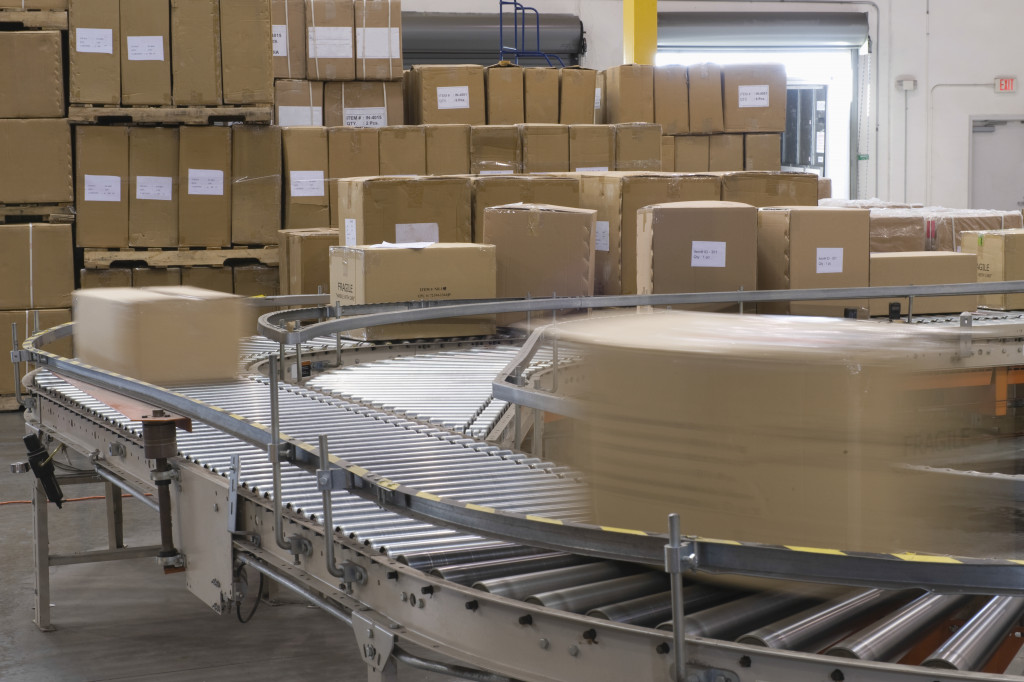Warehouses are needed for every growing business. They offer space to keep inventory, store equipment, and provide a place for employees to work. But with all the different types of warehouses available, how do you know which one is right for your business?
Types of Warehouse
The first step is to determine what type of warehouse you need. There are three main types of warehouses: storage warehouses, production warehouses, and distribution warehouses.
- Storage warehouses are used to store materials and products. They are usually large, with high ceilings and shelves that can be stacked with an inventory.
- Production warehouses are used to create or assemble products. They often have manufacturing equipment and may be located near a storage warehouse so that people can easily access raw materials.
- Distribution warehouses are used to ship products. They are typically extensive facilities with loading docks and shipping containers.
When choosing the right warehouse for your business, it is essential to consider the following factors:
Location
The location of your warehouse will be determined by several factors, including your company’s shipping needs and the type of products you sell. If you have customers in a specific region, you may want to consider locating your warehouse near them. This will minimize shipping costs and transit time.
Size
The size of your warehouse will be determined by the amount of inventory you need to store. If you have a large inventory, you will need a larger warehouse. However, if you have a small inventory, you may be able to get by with a smaller space.
Cost
The cost of your warehouse will be determined by the size and location of the facility. If you are looking for a bargain, you may want to consider renting space in an existing warehouse. However, if you need a specific type of facility, you may have to build your own.
Amenities
When choosing a warehouse, you will also need to consider the essential amenities of your business. For example, if you need to store hazardous materials, you will need a warehouse with exceptional ventilation and storage requirements.

Safety
About 340 million employees experience workplace accidents every year. You don’t want your employees to be a part of that statistic. When choosing a warehouse, be sure to consider the safety hazards present in the facility. Specific work hazards you should keep an eye out for are :
- Falling objects
- Slippery floors
- Exposed electrical wires
- Forklifts
To ensure your employees are safe while working in the warehouse, be sure to have a safety plan. This plan should include procedures for handling accidents and emergencies.
Now that you know the factors that can make a difference in your warehouse of choice, it’s time to learn how to make your warehouse more efficient. One way to do this is by protecting your equipment.
Protect and Maintain Equipment
Specific equipment like forklifts isn’t cheap. The average cost of a new forklift is about $32,000. That’s why it’s essential to take steps to protect your equipment. One way to do this is by creating a maintenance schedule.
This schedule should include regular inspections and servicing of the equipment. By taking care of your equipment, you can extend its life and avoid damage. You should also consider buying protective accessories for your forklift and other equipment. For example, buying some fork socks for your forklift can ensure that the fork doesn’t get rusty or banged up over time. It can increase the lifespan of your forklift, hence, making it more efficient.
Get Organized
You should also create a storage plan for your warehouse. This plan will help you keep your inventory organized and easy to find. A practical storage plan can help you make the most of your space. It can also help you to avoid losing inventory.
To create an effective storage plan, you should first take inventory of your products. Once you know what you have, you can decide how to store it. You should also label all of your shelves and containers. This will make it easier for your employees to find what they need.
Get Robots
Robots are the way into the future. Companies like Amazon are now using robots to help with their inventory. You can also use robots in your warehouse to help with organization and efficiency.
Robots might be an expensive investment, but they can help you save time and money in the long run. They can also help to reduce workplace accidents.
Use these tips to ensure that your warehouse is efficient and effective. By doing so, you can minimize inventory costs and keep your employees safe.

